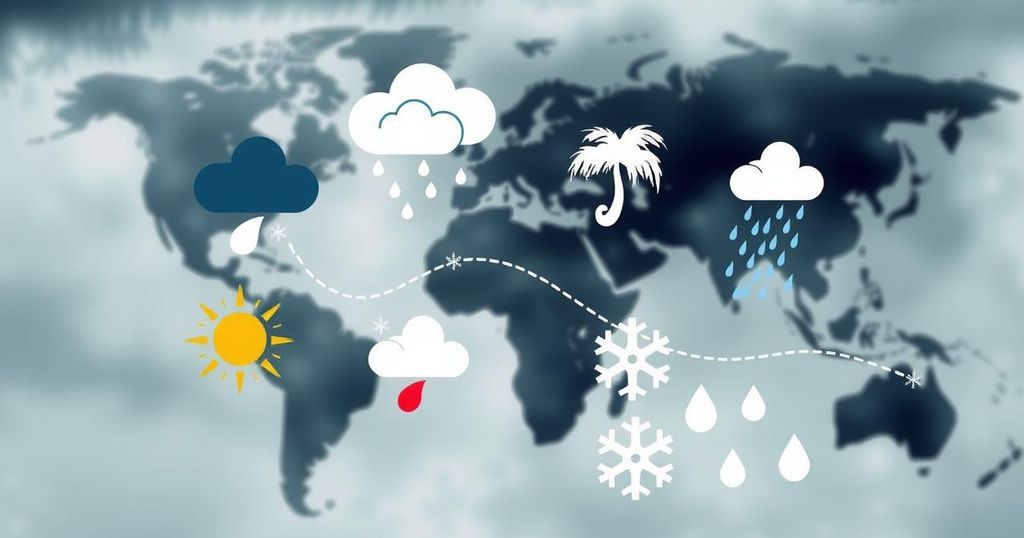La Niña conditions influence global weather, leading to high flooding risks in eastern Southern Africa and persistent dryness in southern Colombia. Heavy rainfall has caused significant flooding in various regions, including Madagascar, while areas in Africa experience abnormal dryness and drought, particularly Somalia.
The week from January 23 to January 29, 2025, highlights critical weather hazards globally influenced by La Niña conditions in the equatorial Pacific. Eastern Southern Africa continues to experience high risks of flooding, particularly following heavy rains, while southern Colombia is affected by ongoing dry conditions.
La Niña is a climate pattern that influences weather globally, often causing extreme weather changes. The current La Niña is associated with intensified rainfall in some regions and persistent dryness in others. Understanding these patterns is crucial to assessing the impact on various geographical areas, especially concerning flooding risks and drought conditions.
In summary, the report underscores the severe weather conditions across Africa, particularly the ongoing flooding in eastern Southern Africa and drought in Somalia. Areas like Madagascar also face significant flooding risks. Continued awareness and preparedness are essential to mitigate the impacts of these hazards.
Original Source: reliefweb.int






